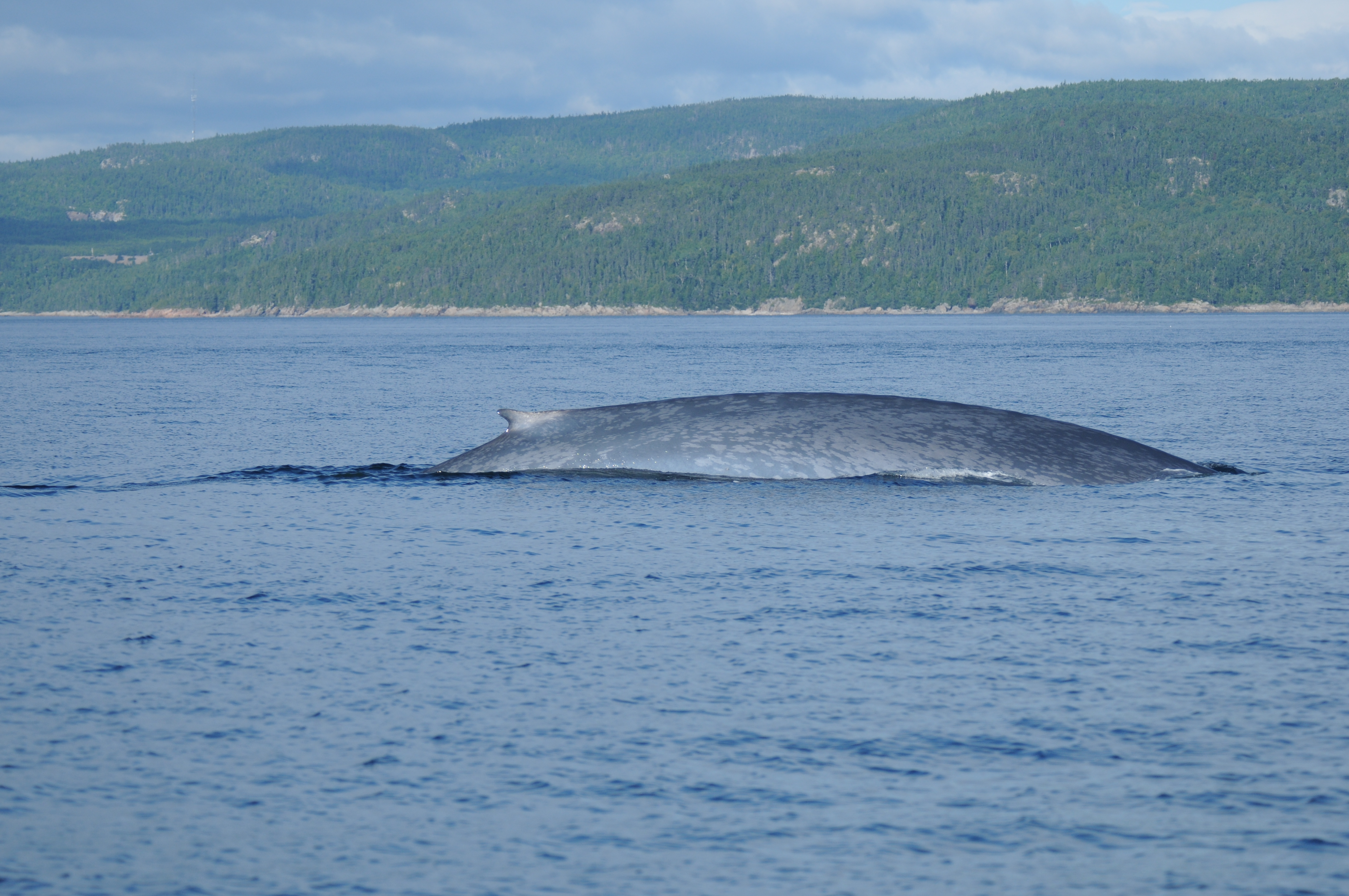Hunted, threatened, decimated.
The largest of giants suffered greatly at the hands of humans throughout the 20th century and is still struggling to recover. In order to better understand blue whales and to implement appropriate conservation measures, scientists from Canada and Norway have been trying to decode the mysteries of their genetics.
Last January, it was concluded that around 3.5% of the DNA of North Atlantic blue whales is in fact likely derived from fin whales. This is surprising, considering the fact that the evolutionary paths of these two species diverged some 8.35 million years ago!
Sifting through millions of years of evolution
Until recently, blue whales held the secrets of millions of years of evolution deep in their DNA. However, using advanced genetic analysis technologies, a Norwegian-Canadian research team has revealed the genetic information of 28 blue whales, the collection dates of which ranged from 1876 and 2019.
Through these analyses, scientists discovered that, on average, 3.5% of the DNA of North Atlantic blue whales is also found in fin whales, more than had been previously determined. This figure suggests that hybrid (and fertile) individuals have been reproducing with blue whales. Note: This gene transfer is believed to be unidirectional, i.e. from the fin whale to the blue whale, or from the hybrid to the blue whale.
In the more recent samples analyzed by the scientists, all showed some gene transfer. Known as introgression, this transfer was also observed in four of the six historical samples. A first-generation hybrid was also identified, i.e. an individual resulting directly from the mating of a blue whale with a fin whale.
The samples analyzed by the research team, which dated as far back as the late 19th century, came from natural history museums in Canada, the United States, Iceland and Norway. The remaining samples were taken from blue whales (dead or alive) along Canada’s east coast and in Norwegian waters. Seven fin whales were also sampled by the scientists in Norway.
Why breed with another species?
Hybridization can occur artificially (i.e. with human intervention) or naturally. The mule, a well-known hybrid, is the result of a human-initiated rapprochement between a mare (female horse) and a jack (male donkey), while hybridization between blue and fin whales has occurred naturally.
Other species also interbreed, such as polar bears and grizzlies. This tendency to reproduce naturally with other species is part of the course of evolution, and allows animals to continually adapt! It could also be the result of disturbances in the environment of the animals in question. Might this be the case for blue whales and fin whales?
Unsurprisingly, whaling has disrupted the dynamics of blue and fin whale populations, which have seen their numbers drop drastically over a very short period. According to the scientists who conducted this study, there are between 5,000 and 15,000 blue whales in the world today, which corresponds to between 3 and 11% of the original population. Global fin whales stocks on the other hand currently stand at 150,000, and it is estimated that over 915,000 animals were previously harvested through commercial whaling.
Might reproduction between these two species be a way to compensate for the lack of partners, as the blue whale population is currently four times smaller than that of fin whales? The reasons behind these genetic mixtures remain to be determined.
A new challenge for conservation
What does a hybrid whale look like? Sometimes nicknamed “flue whale” (a combination of the words “fin” and “blue”), these hybrids can present traits of both parent species . As it is now becoming rather difficult to conduct visual censuses of the blue whale population due to this new hybridization issue, there is an emerging risk that the number of individuals will be overestimated.
What’s more, the more frequently hybridization occurs, the more the blue whale’s genetic integrity will be threatened. When a species’ genetic background is intact, it means that it has not been modified and is still unique to the species. When two distinct species interbreed, there is inevitably some mixing of DNA. Should hybridization between blue and fin whales continue to increase, there will be fewer and fewer blue whales with intact DNA.
Scientists will therefore be carefully monitoring this hybridization trend, since as it appears to be unidirectional, hybridization represents a threat to the recovery of blue whale populations in the North Atlantic.








